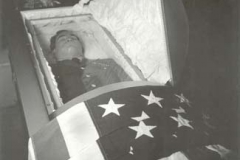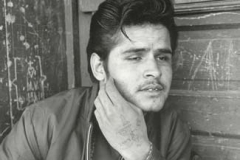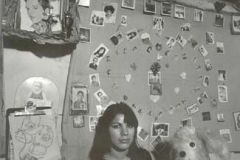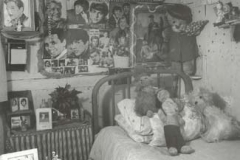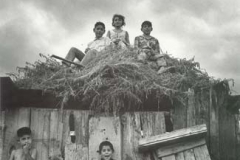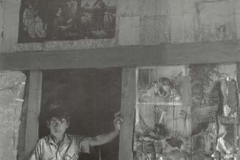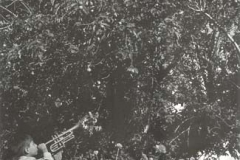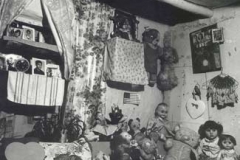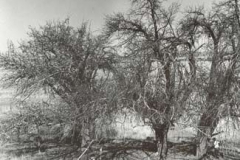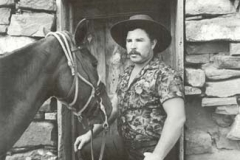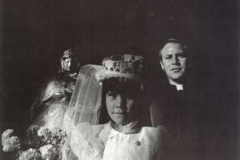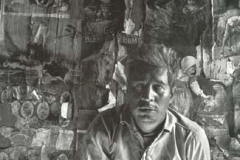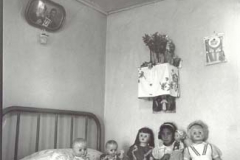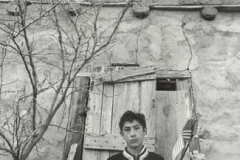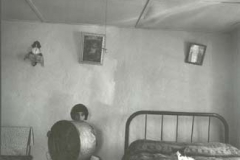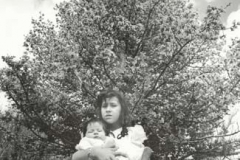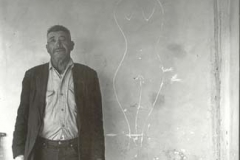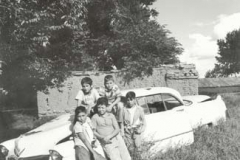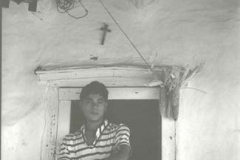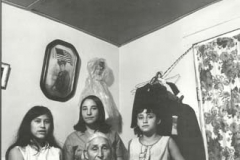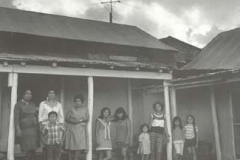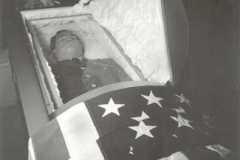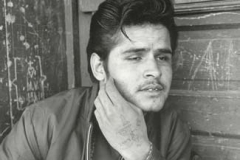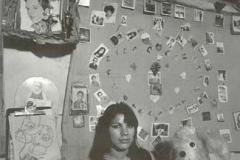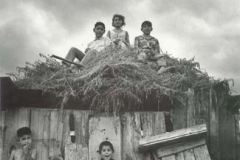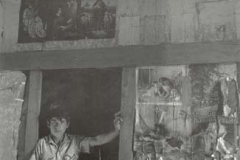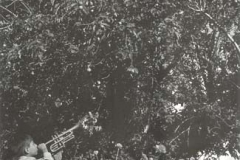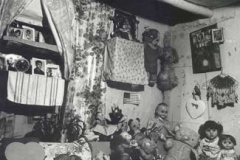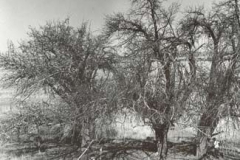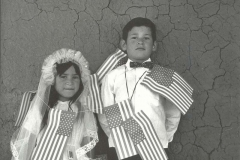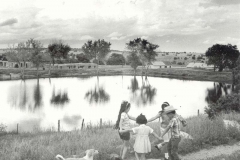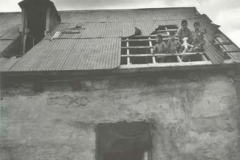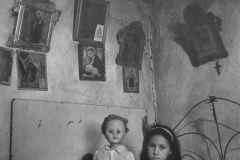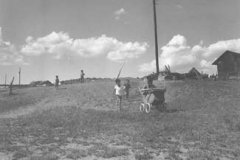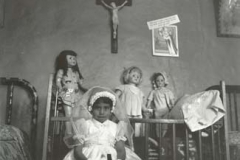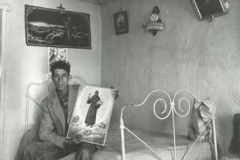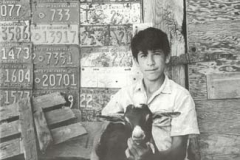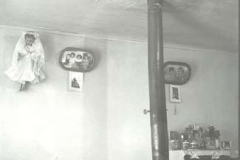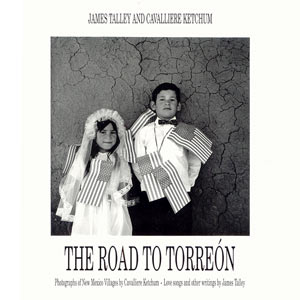
Twenty years is a long time, but the older you get the shorter it seems. When Cavalliere Ketchum and I began working on the photographs, stories, poems, and songs contained in The Road to Torreon, we were each over twenty years younger. At that time as well, our nation was involved in a vast war in Vietnam that would change the way a generation of Americans viewed their country and their government. It would influence, as well, the values they taught their children. It would leave its impact on the people of our nation’s largest cities and of our smallest hamlets. Since that time, Cavilliere has completed a little over twenty years as a professor of fine arts in photography at the University of Wisconsin, Madison, and in the process has trained some of this country’s finest young photographers. I have spent twenty-two years in Nashville, Tennessee, where I hvae worked at many jobs, along with my music career as a songwriter, singer, and recording artist. For the past eight years, I have been a real estate practitioner. Still the beauty of these images has never died for either of us. They come alive as much today as they did when they were the ideals and dreams of our youth.
For so many years, as I was trying to get my songs recorded and establish myself as a songwriter and recording artist in Nashville, I was under the trememdous pressure that exists in the “music business” to create something “commercial.” That meant recording songs that were acceptable to the programming format of “country” radio broadcasting. That was the only outlet in the days before cable television, and it is still the primary reason the major record labels have offices and staff in Nashville today. Because of the special subject matter of these songs and these images, they kept getting shifted to the “back burner,” because they were not looked up as commercial, and that term applies to the Nashville music industry. Ironically, they were recorgnized as significant by John Hammond, Sr. at Columbia Records in New York as early as 1971 and gained me his attention and support. They opened the door, through John Hammond, to my first recording contract with Jerry Wexler at Atlantic Records in 1972. A few close friends knew about the songs, and after I signed with Capitol Records in 1975, Peter Guralnick, who documented my career up to that time in his book Lost Highway made reference to them, but for the most part they remained unknown.
Our world, though, has changed very rapidly over the past few years. Our nation is becoming an even more diverse patchwork quilt of many peoples of many colors and cultures. We are just beginning to acknowledge that we must treat each other and the natural world around us with more respect care, and love. This is long overdue. Perhaps, then, it is now time to move these images to the front burner and to share them with the public.
— James Talley, 1991
Photos by Cavalliere Ketchum
























